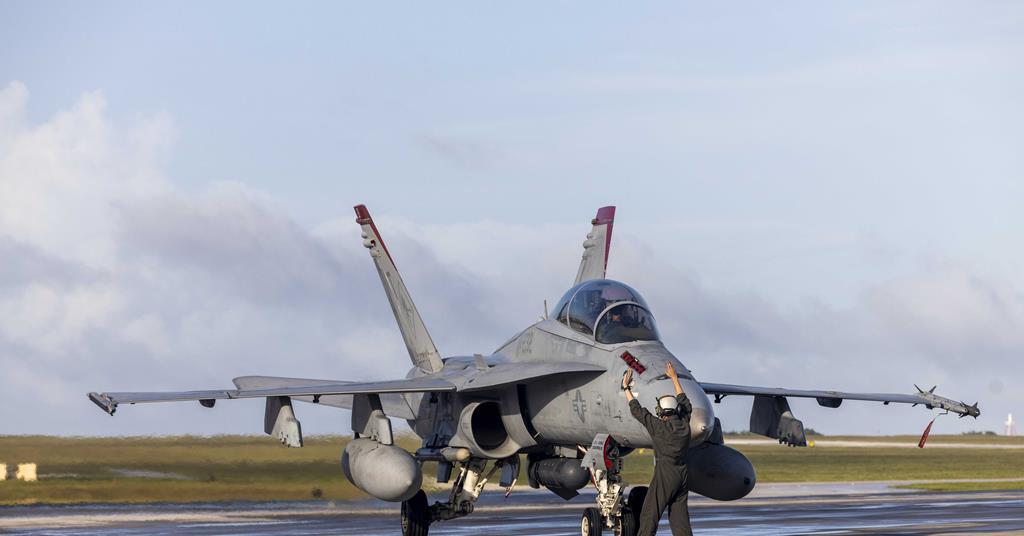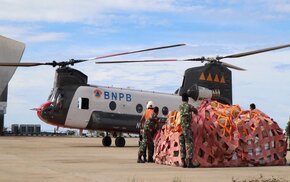Having 1 sq F-18C and 1 sq F-18D, support by 2 sq LCA of FA-50 plus existing sq of Su-30MKM going to put back lost capacities. Not also counting the LCA and Hornet using similar engine, going to improve their logistics footprint.
On the surface, Malaysia’s planned purchase of Hornet fighter jets from Kuwait looks prudent. But there are deeper considerations to mull over.

fulcrum.sg
The US Marine Corps (USMC) is now half complete with a modernisation programme for its single-seat Boeing F/A-18Cs and two-seat F/A-18Ds, an effort to boost the ageing jets' capabilities as the service faces delayed deliveries of Lockheed Martin F-35s.

www.flightglobal.com
Although Dr Olli Pekka has a point:
The key question here is whether the acquisition of the ageing Kuwaiti jets is prudent. Expanding its fleet of Hornets on the cheap may be tempting, but it comes with the additional maintenance and servicing burden associated with a larger fleet of ageing aircraft.
However the 2nd article also in my opinion shown with USMC still try to maintain their legacy Hornet, means there's still considerable industrial resources to support legacy Hornet. There's also consideration that Kuwait like other Gulf Kingdoms ussualy maintain low hours with stockpile parts support fleets.
This argument remind me on debate in Indonesia when MinDef try to obtain Qatar and UAE Mirage 2000 as "Intererim" fighter. The talk of obsolescence systems and Industrial support also being put by several local 'analysts'. However seems India now entering the talk to acquire those Qatar or even UAE Mirage 2K.
I'm no Defense Industry insiders, however this kind of argument is similar to arguments that come out in civilian transport industry. Whether it is more cost effective to procure new assets or maintain and refurbished older ones.
This is similar with legacy F-16 users like Indonesia that's now being face on the choices whether continue upgrading their F-16 (whether using LM V package or Turkiye Ozgur package), or let them naturally run down and use the money for getting into replacement project earlier (in this case potentially KF-21).
For cases of legacy F-16 and F-18 so far shown the Industrial supports for parts and refurbished packages still there. Thus provide them with alternative potential cost effective choice to maintain them at least for a decade and half or even two. Malaysian AF (TUDM) also has done inspection on Kuwait Hornet and found them still in good condition with relatively low flying hours and support by enough parts.
In the end Industrial support on parts and population still in using do matter. For example in TNI-AU, Hawk 200 deemed not suitable to upgrade more, as the population in global market not big enough to keep cost effective Industrial support. Seems that argument has different situations for legacy F-16 and F-18 that still has enough population in Global Inventory that make Industrial support still available to maintain and refurbished them on relatively cost effective choices.
For that I respectfully and humbly disagree with esteem expert like Dr Olli Pekka assessment. I believe for Kuwait Legacy Hornet, Malaysia still has cost effective choice to acquire and maintaining them. That's in the condition of RMAF/TUDM budget situations.
 www.malaysiandefence.com
www.malaysiandefence.com
 www.malaysiandefence.com
www.malaysiandefence.com














